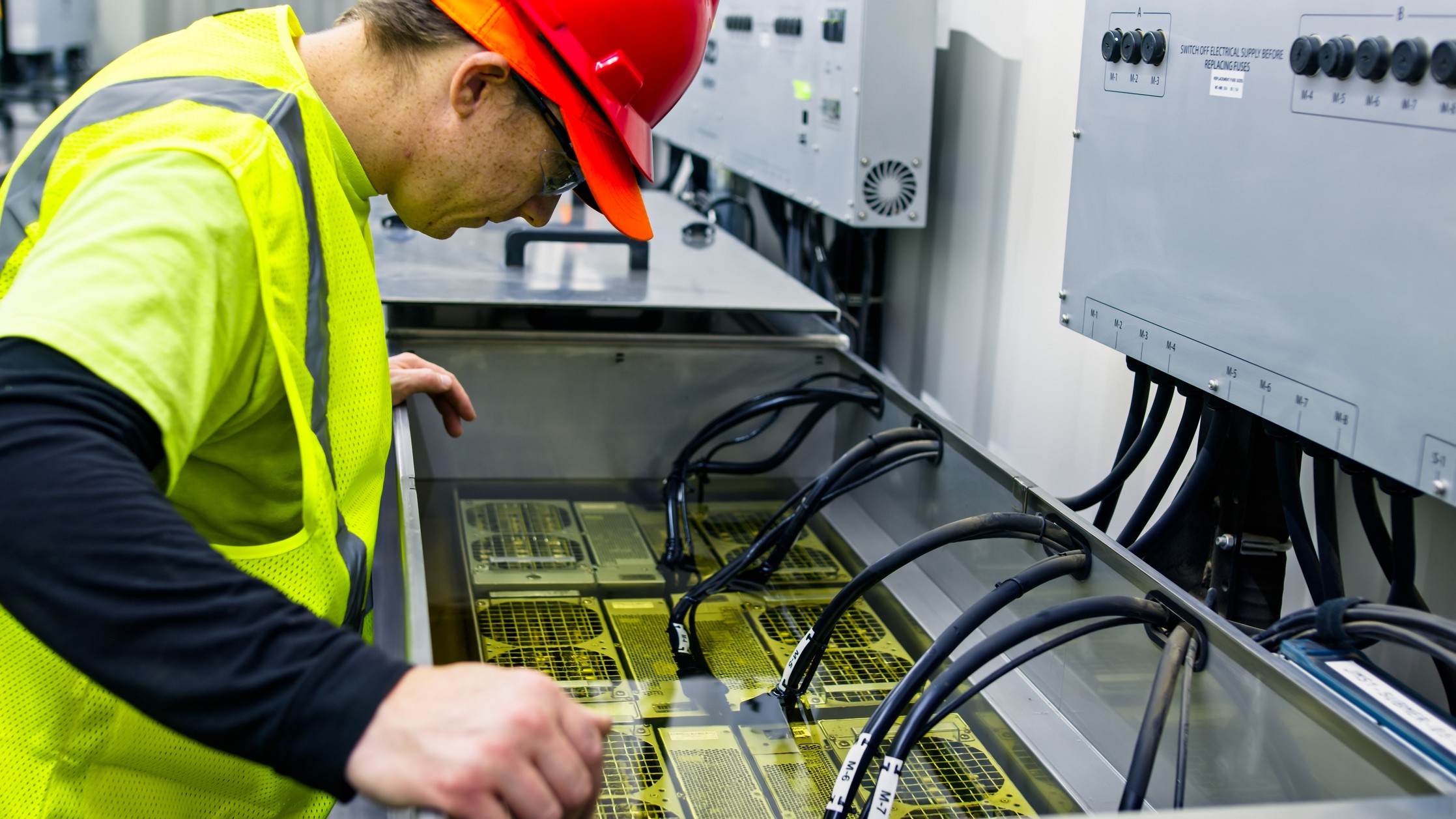OpenAI CEO Sam Altman admitted GPT-4 "kind of sucks," and now we learn the AI model consumes up to 3 water bottles to generate a mere 100 words
OpenAI's GPT-4 model consumes enough water to quench your thirst for a day to generate 100 words.

What you need to know
- A new study indicates OpenAI's GPT-4 AI model consumes up to 3 water bottles to generate 100 words.
- This is amid the rising concern of sufficient power supply to foster sophisticated AI advances in the landscape.
- Microsoft and OpenAI have been spotted exploring new avenues to avert these critical issues, including constructing new data centers and raising funds for more power supply.
OpenAI has made significant advances and progress in AI since launching ChatGPT in 2022. While the AI-powered chatbot created a lot of buzz, potentially reshaping every aspect of our lives, it shipped with several critical issues, including hallucination episodes of generating wrong responses to prompts and queries.
However, the chatbot has significantly improved, with dwindling reports of erroneous responses. Copyright infringement remains a significant problem preventing AI models from unlocking ultimate brilliance. However, copyright law doesn't categorically bar the use of copyrighted content to train AI models in a grey area.
Did you know OpenAI's GPT-4, described as mildly embarrassing at best, consumes up to 3 bottles of water to generate 100 words? This news is according to new research by the University of California first spotted by The Washington Post (via Tom's Hardware).
Last year, our Jez Corden reported that Microsoft Copilot and ChatGPT consume up to 1 bottle of water per query for cooling, raising concerns about local water supplies. This is amid the rising demand for power to facilitate AI advances. As you may know, Google and Microsoft consume more power than 100 countries to manage their AI advances.
Per the University of California study, the amount of water consumed to generate AI responses to queries depends on the state and proximity to the data center. To put this in perspective, Texas reported the lowest water usage, estimated at 235 milliliters per every 100 words. On the other hand, Washington consumed the largest amount of water, translating to 1,408 milliliters for every 100 AI-generated words.
Cooling water isn't AI's only problem

Last year, a report indicated that OpenAI spends up to $700,000 daily to keep ChatGPT running. While the AI landscape seems like every major tech corporation's bread and butter, it requires vast resources and investments. Investors are already raising concerns about the large investments made in the tech, yet it's seemingly impossible to establish a clear path to profitability in the category.
OpenAI was recently on the brink of bankruptcy within the next 12 months, with projections of $5 billion in losses. However, through another round of funding from Microsoft, NVIDIA, and Apple, the ChatGPT may get an extended lifeline, pushing its market capitalization beyond $150 billion.
Get the Windows Central Newsletter
All the latest news, reviews, and guides for Windows and Xbox diehards.
Elsewhere, there's also the issue of the supply of AI chips from NVIDIA not meeting the demand. Microsoft and OpenAI reportedly invested up to $100 billion in a new project dubbed Stargate to free themselves from the shackles and overdependence on the world's most profitable chip brand for AI chips.
Elsewhere, Microsoft recently partnered with BlackRock to raise $100 billion to 'emancipate themselves from the shackles' of insufficient power and increase data centers for their ambitious AI dreams. Besides, Elon Musk predicts the world is on the verge of the biggest technological breakthrough with AI but predicts there won't be enough electricity to power its advances by 2025.
🎃The best early Black Friday deals🦃
- 🕹️Xbox Game Pass Ultimate (3-months) | $31.59 at CDKeys (Save $17!)
- 💻Samsung Galaxy Book4 Edge (X Elite) | $899.99 at Best Buy (Save $450!)
- 🎮Razer Wolverine V2 Chroma (Xbox & PC) | $99.99 at Amazon (Save $50!)
- 🕹️Starfield Premium Upgrade (Xbox & PC) | $27.79 at CDKeys (Save $7!)
- 💻ASUS Vivobook S 15 (X Elite) | $899 at Amazon (Save $400!)
- 🕹️Final Fantasy XVI (PC, Steam) | $43.89 at CDKeys (Save $6!)
- 💻Lenovo ThinkPad X1 Carbon | $1,481.48 at Lenovo (Save $1,368!)
- 🎮 Seagate Xbox Series X|S Card (2TB) | $249.99 at Best Buy (Save $110!)
- 🕹️Hi-Fi RUSH (PC, Steam) | $8.49 at CDKeys (Save $22!)
- 💻HP Victus 15.6 (RTX 4050) | $599 at Walmart (Save $380!)
- 🫙Seagate HDD Starfield Edition (2TB) | $79.99 at Best Buy (Save $30!)
- 🖱️Razer Basilisk V3 Wired Mouse | $44.99 at Best Buy (Save $25!)
- 🕹️Days Gone (PC, Steam) | $10.29 at CDKeys (Save $39!)
- 🖥️Lenovo ThinkStation P3 (Core i5 vPro) | $879.00 at Lenovo (Save $880!)

Kevin Okemwa is a seasoned tech journalist based in Nairobi, Kenya with lots of experience covering the latest trends and developments in the industry at Windows Central. With a passion for innovation and a keen eye for detail, he has written for leading publications such as OnMSFT, MakeUseOf, and Windows Report, providing insightful analysis and breaking news on everything revolving around the Microsoft ecosystem. While AFK and not busy following the ever-emerging trends in tech, you can find him exploring the world or listening to music.
-
Ron-F This tech is exciting but totally unsustainable in the long run. We have to find alternatives fast!Reply -
Bill S You and other tech writers have got to stop repeating this absolute nonsense. The water in data center cooling is RECIRCULATED. You're acting as though there's a firehouse pouring water at the servers using millions of gallons of water and hour and that's simply a lie. Stop spreading FUD.Reply
